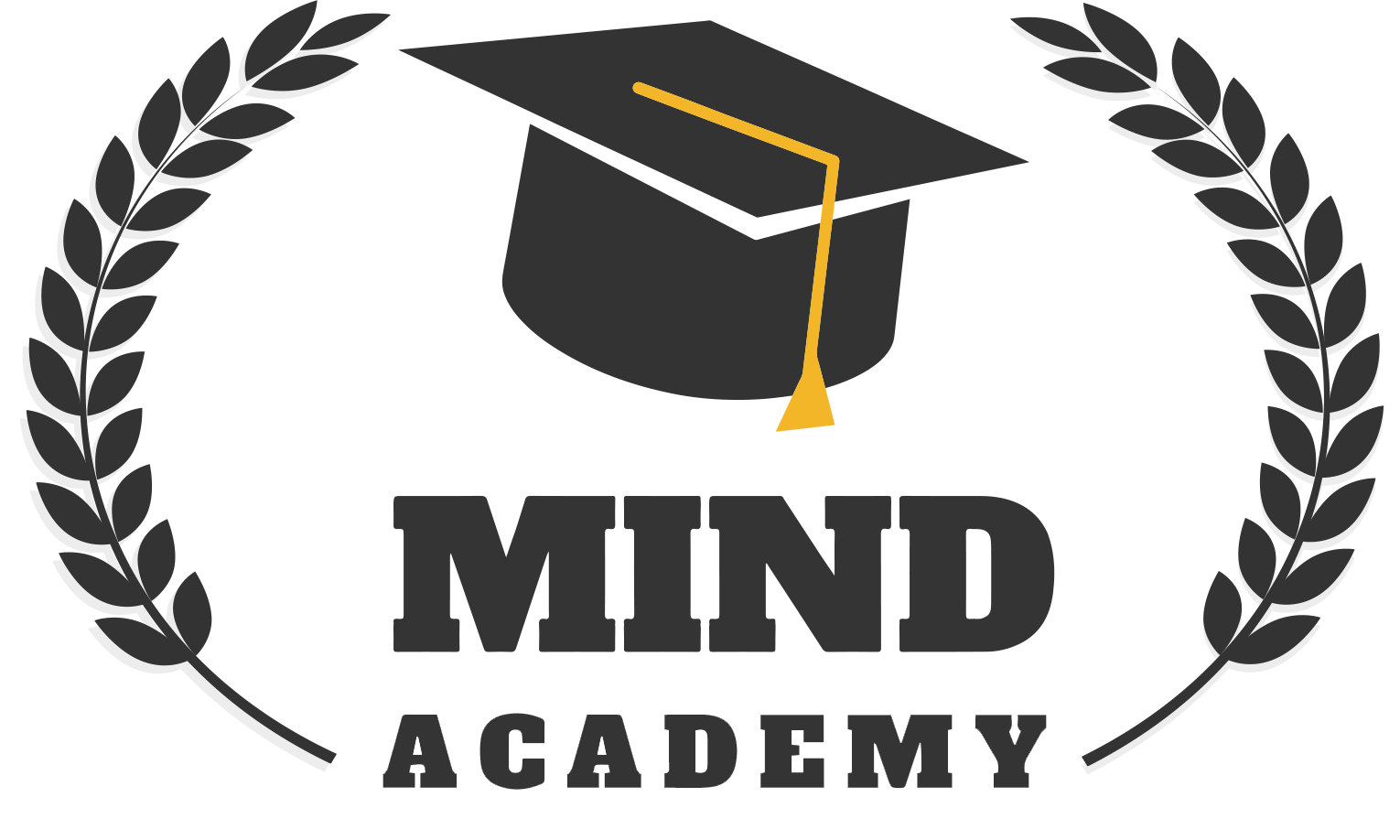[ad_1]
If you’re at a point in your life where you’re considering continuing your education, you may wonder if online learning is the right path for you.
Taking an online course requires a notable investment of time, effort, and money, so it’s important to feel confident about your decision before moving forward. While online learning works incredibly well for some people, it’s not for everyone.
We recently sat down with MIT xPRO Senior Instructional Designer and Program Manager Luke Hobson to explore the pros and cons of online learning and what to look for in an online course. If you’re waiting for a sign about whether or not to enroll in that course you’ve been eying, you just might find it here.
Pros of Online Learning
First, let’s take a look at the true value of online learning by examining some of the benefits:
1. Flexibility
Online learning’s most significant advantage is its flexibility. It’s the reason millions of adults have chosen to continue their education and pursue certificates and degrees.
Asynchronous courses allow learners to complete work at their own pace, empowering them to find the optimal time to consume the content and submit assignments.
Some people are more attentive, focused, and creative in the mornings compared to the evenings and vice versa. Whatever works best for the learners should be the priority of the learning experience.
2. Community
When Luke asks people about their main reason for enrolling in a course, a common answer is networking and community.
Learners crave finding like-minded individuals who are going through the same experiences and have the same questions. They want to find a place where they belong. Being in the company of others who understand what they’re going through can help online learners who are looking for support and motivation during challenging times and times that are worth celebrating.
Some learners have created study groups and book clubs that have carried on far beyond the end of the course—it’s amazing what can grow from a single post on a discussion board!
3. Latest information
“Speed is a massive benefit of online learning,” and according to Luke, it often doesn’t get the attention it deserves. “When we say speed, we don’t mean being quick with learning. We mean actual speed to market. There are so many new ideas evolving within technical spaces that it’s impossible to keep courses the way they were originally designed for a long period of time.”
Luke notes that a program on Additive Manufacturing, Virtual Reality and Augmented Reality, or Nanotechnology must be checked and updated frequently. More formal learning modalities have difficulty changing content at this rapid pace. But within the online space, it’s expected that the course content will change as quickly as the world itself does.
Cons of Online Learning
Now that we’ve looked at some of the biggest pros of online learning, let’s examine a few of the drawbacks:
1. Learning environment
While many learners thrive in an asynchronous learning environment, others struggle. Some learners prefer live lessons and an instructor they can connect with multiple times a week. They need these interactions to feel supported and to persist.
Most learners within the online space identify themselves as self-directed learners, meaning they can learn on their own with the right environment, guidance, materials, and assignments. Learners should know themselves first and understand their preferences when it comes to what kind of environment will help them thrive.
2. Repetition
One drawback of online courses is that the structure can be repetitive: do a reading, respond to two discussion posts, submit an essay, repeat. After a while, some learners may feel disengaged from the learning experience.
There are online courses that break the mold and offer multiple kinds of learning activities, assessments, and content to make the learning experience come alive, but it may take some research to find them—more on what to look for in an online course later in this article! Luke and his colleagues at MIT xPRO are mindful of designing courses that genuinely engage learners from beginning to end.
3. Underestimation
Luke has noticed that some learners underestimate how much work is required in an online course. They may mistakenly believe that online learning is somehow “easier” compared to in-person learning.
For those learners who miscalculate how long they will need to spend online or how challenging the assignments can be, changing that mindset is a difficult process. It’s essential to set aside the right amount of time per week to contribute to the content, activities, and assignments. Creating personal deadlines and building a study routine are two best practices that successful online learners follow to hold themselves accountable.
Experience the Value of Online Learning: What to Look For in an Online Course
You’ve probably gathered by now that not all online courses are created equal. On one end of the spectrum, there are methods of online learning that leave learners stunned by what a great experience they had. On the other end of the spectrum, some online learning courses are so disappointing that learners regret their decision to enroll.
If you want to experience the value of online learning, it’s essential to pick the right course. Here’s a quick list of what to look for:
- Reputation and expertise. With so many online courses available these days, an easy way to narrow down your options is to consider courses offered by reputable institutions. Next, learn more about the instructors teaching a course of interest. Are they well-respected experts in their field of study?
- Engaging curriculum. It takes a variety of learning methods to keep people engaged and interested in learning. Many online courses stick to a standard selection of readings, videos, and quizzes. Look for courses that include practice questions, reflection questions, group-based work, simulations, polls, discussions, and other interactive or hands-on activities.
- Flexibility in content delivery and deadlines. Whether an online course is fully asynchronous or not, flexibility is a green flag. In practice, this could look like having all the assignments due at the end of the course so that learners can create their own schedules or providing suggested deadlines that aren’t set in stone.
- Feedback and connection to peers within the course platform. Interacting regularly with other learners makes a big difference. Luke and the MIT xPRO team use peer-reviewed feedback to give learners the opportunity to engage with each other’s work.
- Proof of hard work. In the online learning space, proof of hard work often comes in the form of Continuing Education Units (CEUs) or specific certifications. MIT xPRO course participants who successfully complete one or more courses are eligible to receive CEUs, which many employers, licensing agencies, and professional associations accept as evidence of a participant’s serious commitment to their professional development.
Online learning isn’t for everyone, but with the right approach, it can be a valuable experience for many people. Now that you know what to look for in an online course, see what Luke and the MIT xPRO instructional design team have to offer by checking out the latest MIT xPRO courses and programs.
[ad_2]




